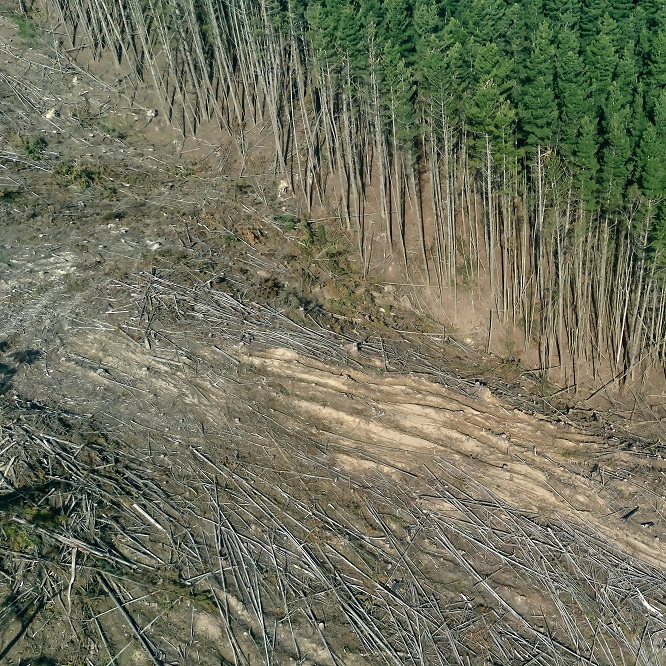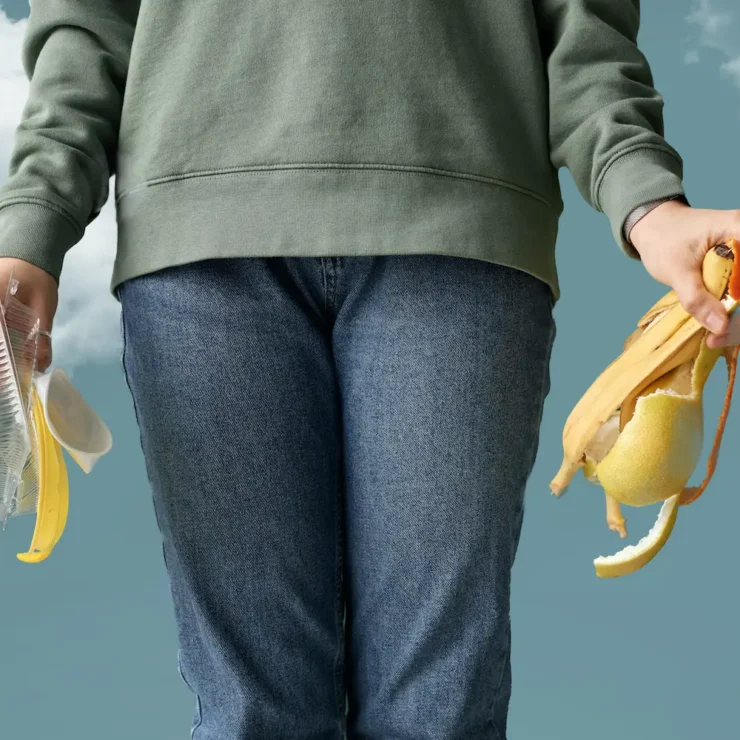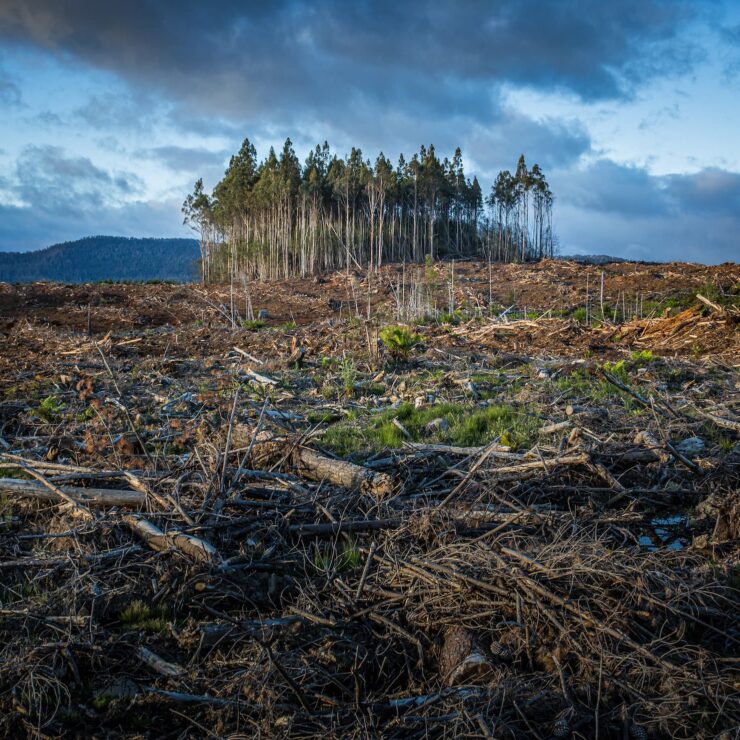This is probably known to everybody by now – trees hold a major part in supporting life on our planet.
Yet, still, the mass destruction of trees – deforestation – continues.
- Between 1990 and 2016, the world lost 1.3 million square kilometers of forest.
- Since humans started cutting down forests, 46 percent of trees have been felled.
- About 17 percent of the Amazonian rainforest has been destroyed over the past 50 years.
Why does this matter?
Deforestation affects the people and animals where trees are cut, as well as the wider world.
Eighty percent of Earth’s land animals and plants live in forests, and deforestation threatens species including the orangutan, Sumatran tiger, and many species of birds.
Removing trees deprives the forest of portions of its canopy, which blocks the sun’s rays during the day and retains heat at night. That disruption leads to more extreme temperature swings that can be harmful to plants and animals.
Deforestation can happen quickly, such as when a fire sweeps through the landscape or the forest is clear-cut to make way for an oil palm plantation.
Expanding agriculture, due to an increased population and shifts in diet, is responsible for most of the world’s deforestation.
As the human population continues to grow, there is an obvious need for more food. In addition, agricultural products, such as soy and palm oil, are used in an ever-increasing list of products, from animal feed to lipstick and biofuels. Rising demand has created incentives to convert forests to farmland and ranch land.
Once a forest is lost to agriculture, it is usually gone forever—along with many of the plants and animals that once lived there.
Deforestation and forest degradation are responsible for around 15% of all greenhouse gas emissions. These greenhouse gas emissions contribute to rising temperatures, changes in patterns of weather and water, and an increased frequency of extreme weather events.
Trees play a key role in the local water cycle by helping to keep a balance between the water on land and water in the atmosphere. But when deforestation or degradation occurs, that balance can be thrown off, resulting in changes in precipitation and river flow.

Interesting thought about Zoonotic diseases
According to the United Nations Environment Programme the Coronavirus disease 2019 is zoonotic, e.g., the virus passed from animals to humans.
Such diseases are occurring more frequently in the latest decades, due to a number of factors, a large part of them environmental.
One of the factors is deforestation because it reduce the space reserved for animals and destroys natural barriers between animals and humans.
The United Nations Environment Programme concludes that: “The most fundamental way to protect ourselves from zoonotic diseases is to prevent destruction of nature. Where ecosystems are healthy and biodiverse, they are resilient, adaptable and help to regulate diseases.”
In June 2020, a scientific unit of Greenpeace with University of the West of England (UWE) published a report saying that the rise of zoonotic diseases, including coronavirus is directly linked to deforestation because it change the interaction between people and animals and reduce the amount of water necessary for hygiene and diseases treatment.
Experts say that anthropogenic deforestation, habitat loss and destruction of biodiversity may be linked to outbreaks like the COVID-19 pandemic in several ways:
- Bringing people and domestic animals in contact with a species of animals and plants that did not contacted by them before. Kate Jones, chair of ecology and biodiversity at University College London, says the disruption of pristine forests, driven by logging, mining, road building through remote places, rapid urbanisation and population growth is bringing people into closer contact with animal species they may never have been near before, resulting in transmission of new zoonotic diseases from wildlife to humans.
- Creating degraded habitats. Such habitats with a few species are more likely to cause a transmission of zoonotic viruses to humans.
- Creating more crowded habitats, with more dense population.
- Habitat loss prompts animals to search for a new one, which often results in mixing with humans and other animals.
- Disruption of ecosystems can increase the number of animals that carry many viruses, like bats and rodents. It can increase the number of mice and rats by reducing the populations of predators. Deforestation in the Amazon rainforest increase the likelihood of malaria because the deforested area is ideal for mosquitoes.
- Animal trade, by killing and transporting live and dead animals very long distances. According to American science journalist David Quammen, “We cut the trees; we kill the animals or cage them and send them to markets. We disrupt ecosystems, and we shake viruses loose from their natural hosts. When that happens, they need a new host. Often, we are it.”
When climate change or deforestation causes a virus to pass to another host it became more dangerous. This is because viruses generally learn to coexist with their host and became virulent when they pass to another.

Deforestation solutions
Drivers of deforestation are complex and vary from region to region depending on social, economic, political, and geographic issues.
This means that solutions to deforestation are also variable — in short, there’s no simple, one-stop solution to deforestation that applies worldwide.
However there are some common themes that underpin efforts to combat deforestation.
These include:
- Planting trees with us!
- Improve governance to curb illegal conversion and degradation of forests and reduce mismanagement of resources
- Use full-cost accounting to incorporate the real costs of externalities and perverse subsidies that drive environmental degradation, while aligning economic incentives with forest-friendly practices and policies.
- Strengthen transparency around land use and commodity sources to improve accountability.
- Engage stakeholders in and around forest areas to determine how conservation efforts can support local livelihoods and help make land use more sustainable.
- Recognize the land rights of forest-dependent peoples to ensure the forests they traditionally use aren’t taken away from them.
- Educate the public on the importance of forest ecosystems, including the services they afford.
- Take personal responsibility in how you use resources. The decisions we as consumers make have a direct impact on the fate of forests. As such, you have a powerful voice in asking companies what actions they are taking to eliminate deforestation from their supply chains.
- Support environmental defenders who are putting their lives and well-being on the line to protect forests.
- Communicate your concerns about forests to policymakers, companies, and your friends and family.
- Vote for representatives who support thoughtful, forest-friendly policies.




